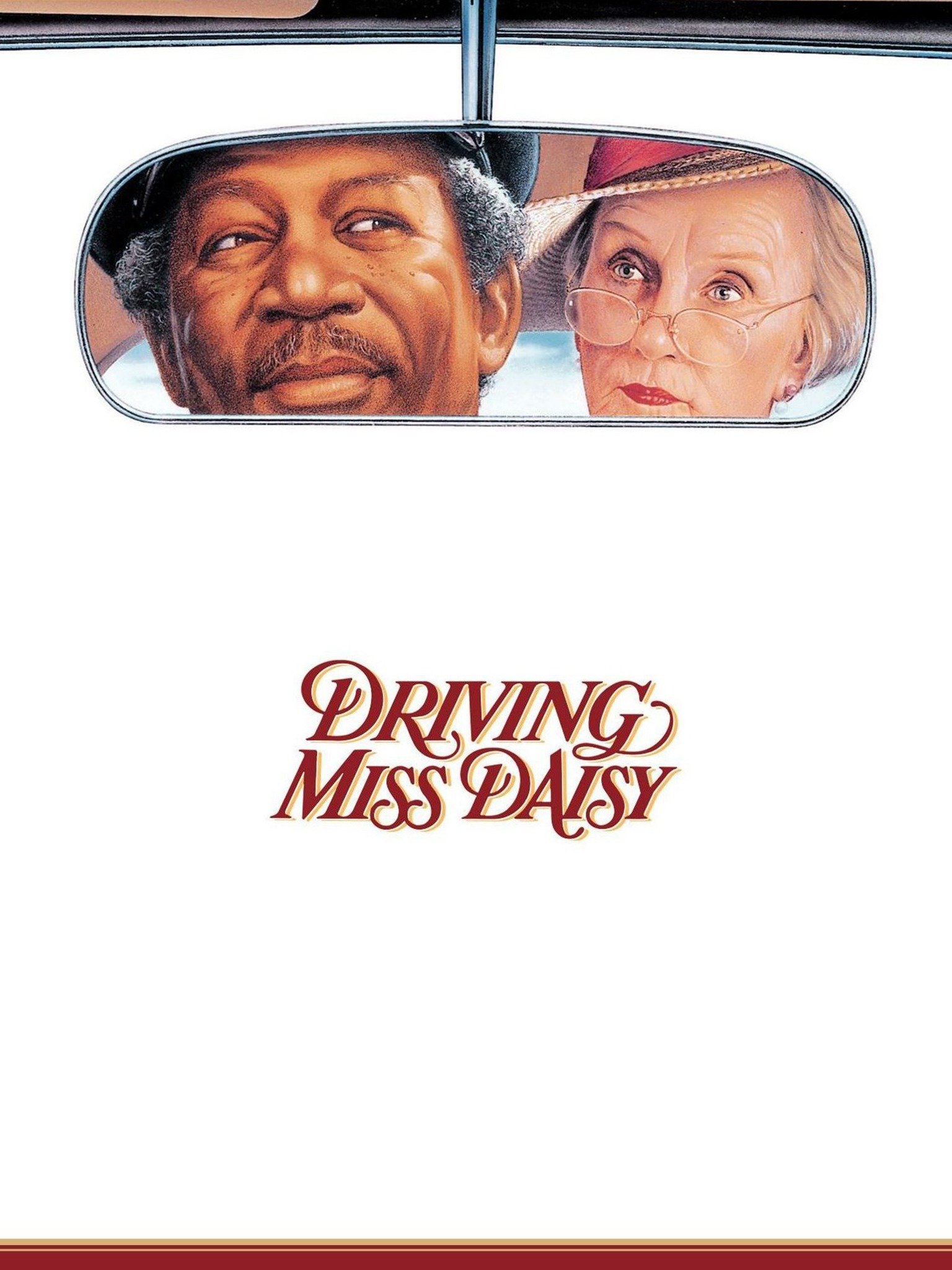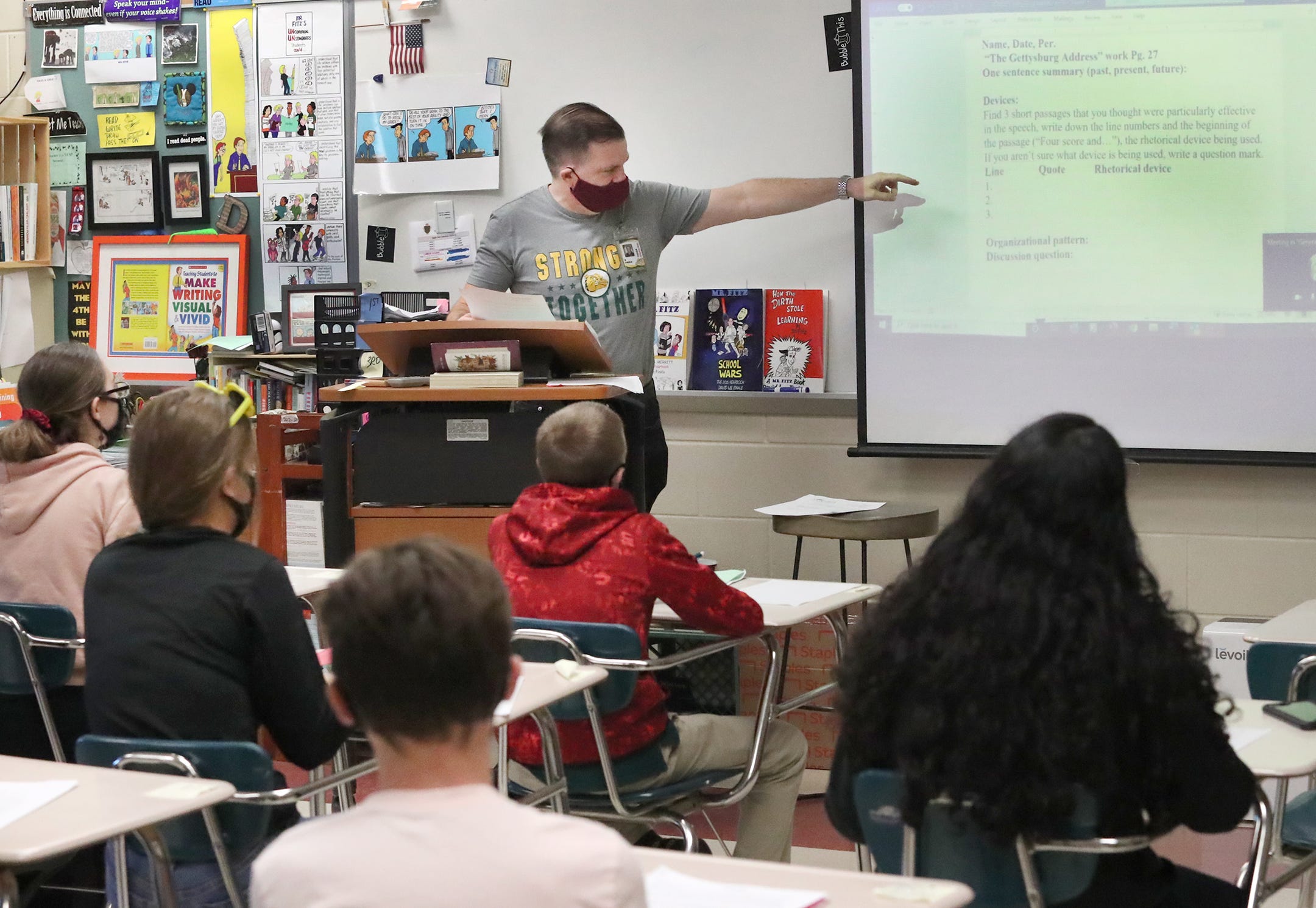Driving Miss Daisy: Movie/Text Review
The movie Driving Miss Daisy is a movie about an African American man named Hoke Colburn, who drives a wealthy white woman named Daisy Werthan. The story takes place during the time of of the freedom marches of Dr. Martine Luther King Jr. Over the course of the movie we get a glimpse into Hoke Colburn and his longing to be an “educated” and working American in order to be independent. Hoke cannot read or write, but earns his income as being a charismatic and kind taxi driver. Yet, he is stuck with no other way out then driving Miss Daisy for his form of income. During the course of the movie we see Hoke and the way that he is treated in comparison to Miss Daisy and her friends. We also learn on the opposite side of the spectrum that the only reason Miss Daisy can gain her independence as an elderly single woman is through Hoke, which creates an interesting parallel. Although the two unlikely candidates become friends in the end, there are several instances in the movie when Hoke questions why he is treated inferiorly to a white individual.
After watching this movie recently, it made me think back to Spivak’s “Can the Subaltern Speak?” The character Hoke played by Morgan Freeman, had a lot of brilliant ideas and suggestions in certain scenarios but was put down or rejected completely due to his race and the color of his skin. Miss Daisy being from the opposite side of the spectrum, as a wealthy white woman, had the final say in everything (wether it was the right or wrong answer). Further, this shows the systematic injustice of power loss just due to the color of one person’s skin. Just because Hoke was a person of color, Miss Daisy refused to listen to his ideas or give him any sort of power, creating this subaltern position for Hoke.
Even though the movie points toward serious issues Martin Luther King Jr. was protesting against, there were still often scenes in which humor was involved. I think the overall point of the movie was to get the audience to understand where each character was coming from and also show how each individual’s background created the divide between the main character’s of Hoke and Miss Daisy. I also believe the movie wanted project to the audience the feeling of being inferior as a black person to that of a white person, especially during the particular time in history in which the movie took place. All the more it brings to light and makes audiences reflect on how African Americans are being treated in today’s world.

 Tucker, David. News Journal, 15. Nov. 2020, USA Today, https://www.usatoday.com/in-depth/news/education/2020/11/15/covid-school-online-class-teachers/6127540002/. Accessed: 17 March 2021.
Tucker, David. News Journal, 15. Nov. 2020, USA Today, https://www.usatoday.com/in-depth/news/education/2020/11/15/covid-school-online-class-teachers/6127540002/. Accessed: 17 March 2021.